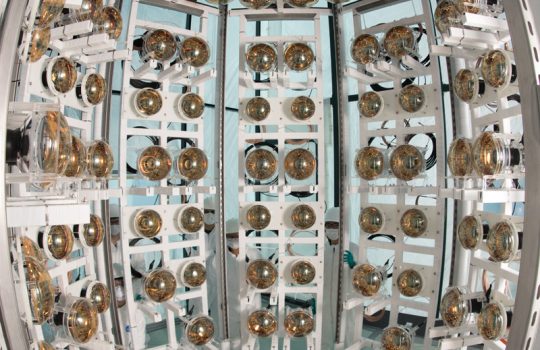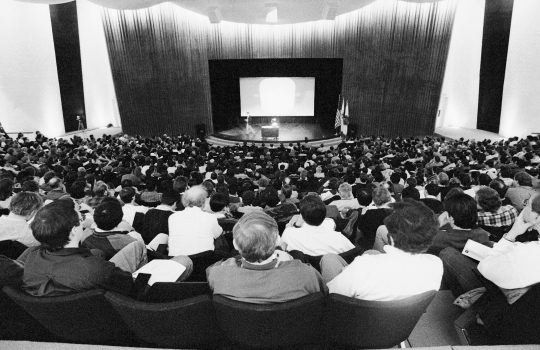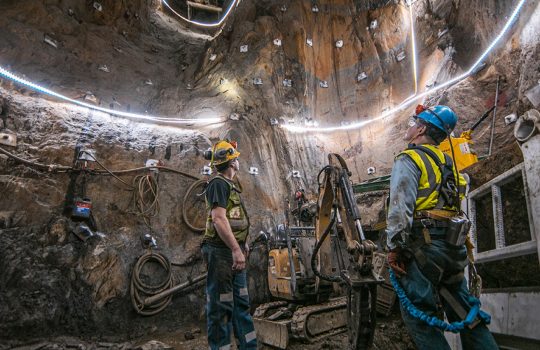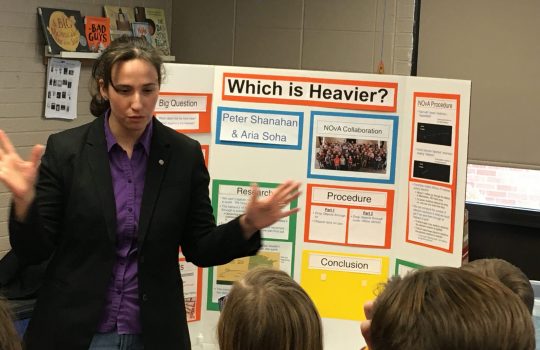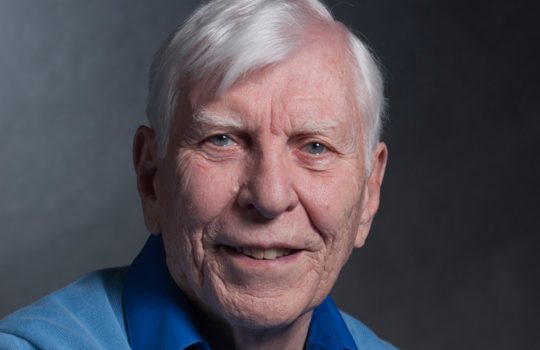Innovative ANNIE sees first neutrinos, with more “firsts” to come
The groundbreaking ANNIE experiment at Fermilab has seen its first neutrino events. This milestone heralds the start of an ambitious program in neutrino physics and detector technology development. It is also a cause for celebration by the international ANNIE collaboration, composed of groups from Germany, the United Kingdom and the United States.

